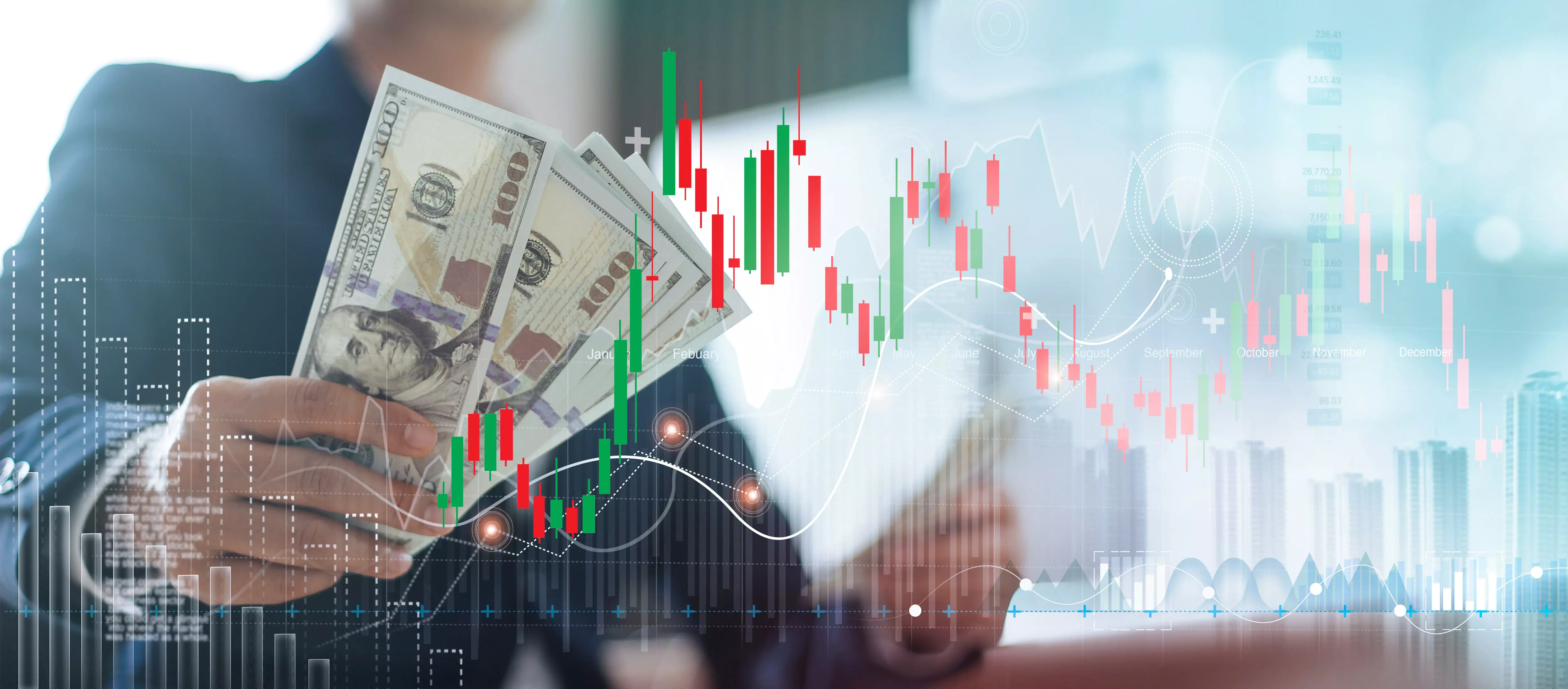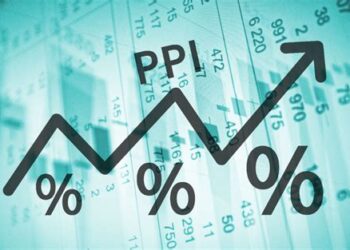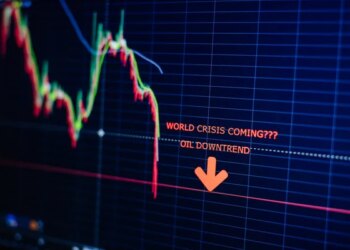Market volatility, a term that often triggers anxiety among investors, is a natural and inevitable part of financial markets. It’s simply the rate at which the price of a security or market index rises or falls over a given period. While high volatility can feel like a rollercoaster ride—characterized by sharp, unpredictable price swings—it’s not inherently good or bad. It’s a measure of risk and a reflection of market sentiment, driven by a complex interplay of economic news, political events, and investor psychology. Understanding volatility is crucial because it’s the key to making informed investment decisions, especially in a dynamic and often uncertain economic landscape. This article will provide a comprehensive, yet simple, explanation of what market volatility is, what causes it, and most importantly, how investors can manage their portfolios to thrive in a volatile environment, turning risk into potential opportunity.
For many, a volatile market feels like a crisis. The headlines are full of talk of market crashes, economic uncertainty, and investor panic. However, an experienced investor sees volatility not as a disaster but as a normal part of the cycle. Over the long term, markets have always gone up and down, and those who remain calm and stick to their long-term strategy are often the ones who are most successful. The key is to separate emotion from logic and to understand that short-term market swings are a feature, not a bug, of the financial system. This requires a strong understanding of the forces that drive volatility and a well-thought-out plan for how to react to them.
Understanding Volatility: What It Is and Isn’t
Volatility is a statistical measure, not an opinion. It is a tool used by financial analysts to quantify risk.
- A. The VIX Index: One of the most common measures of market volatility is the Cboe Volatility Index (VIX), often called the “fear index.” The VIX measures the market’s expectation of volatility based on S&P 500 index options. A high VIX suggests that the market expects a lot of turbulence in the near future, while a low VIX signals a period of relative calm. Understanding this index is a great way to gauge the general sentiment of the market.
- B. Volatility vs. Risk: While volatility is often used as a proxy for risk, they are not the same. Volatility is a measure of price fluctuation, whereas risk is the possibility of losing money. In some cases, a highly volatile asset can be a great long-term investment. The key difference lies in the investor’s time horizon. A short-term investor sees volatility as a major risk, while a long-term investor might see it as a chance to buy assets at a lower price.
- C. The Role of Economic Events: Volatility is a direct response to new information. A sudden change in interest rates, an unexpected unemployment report, or a major geopolitical event can all trigger a wave of buying or selling, leading to sharp price swings. The market is constantly pricing in new information, and volatility is the visible result of that repricing.
The Key Drivers of Market Volatility
Volatility is not random; it’s driven by a combination of logical and psychological factors that interact with one another.
I. Fundamental Economic Drivers
These are the tangible, data-driven factors that influence market prices.
- A. Macroeconomic Data Releases: Reports on inflation, GDP growth, and employment rates have a powerful effect on market sentiment. A better-than-expected jobs report might send the market up, while a high inflation number could send it tumbling down as investors anticipate higher interest rates.
- B. Geopolitical Events: Wars, trade disputes, and political instability can create widespread uncertainty, leading to a flight to “safe haven” assets like gold and government bonds and causing a sell-off in riskier assets.
- C. Corporate Earnings Reports: Individual stock prices are highly sensitive to a company’s quarterly earnings report. If a company misses its earnings expectations, its stock price can fall sharply, and if it beats expectations, it can jump. These movements, multiplied across thousands of companies, contribute to overall market volatility.
- D. Interest Rate Decisions: The Federal Reserve and other central banks use interest rates as a tool to control the economy. When they raise rates, it makes borrowing more expensive, which can slow down the economy and hurt corporate profits, often leading to a drop in stock prices.
II. Psychological and Behavioral Drivers
Markets are not purely rational. Human emotion and behavioral biases play a significant role in causing volatility.
- A. Fear and Greed: These two emotions are the most powerful drivers of market movements. When greed is in control, investors are willing to take on more risk, driving prices up. When fear takes over, they rush to sell, causing prices to plummet. This herd mentality can amplify both gains and losses, leading to sharp, irrational price swings.
- B. The Media and Market Narratives: News headlines, social media trends, and financial commentary can have a powerful effect on market sentiment. A negative news story can trigger a sell-off, while a positive story can fuel a buying frenzy. The constant flow of information and the pressure to react can contribute to short-term volatility.
- C. The Role of Speculation: In a high-volatility environment, short-term speculation often takes precedence over long-term fundamentals. Traders may buy and sell assets based on their expectation of short-term price movements rather than the underlying value of the asset. This can create a feedback loop that increases volatility.
- D. Automated Trading and Algorithmic Trading: The majority of trades on modern exchanges are executed by high-speed algorithms. These programs can react to new information in milliseconds, and if a large number of them are programmed to sell at the same time, it can cause a sudden, sharp market drop, often called a “flash crash.”

How to Survive and Thrive in a Volatile Market
The key to navigating market volatility is to have a sound strategy in place before the turbulence begins.
A. Create a Long-Term Investment Plan: The most effective defense against short-term volatility is a long-term plan. Instead of reacting to daily market swings, focus on your long-term financial goals, whether that’s retirement, buying a home, or a child’s education. A long-term perspective allows you to see market drops as temporary setbacks and potential buying opportunities.
B. Diversify Your Portfolio: Diversification is the most powerful tool for managing risk. By spreading your investments across different asset classes—such as stocks, bonds, real estate, and commodities—you can reduce the impact of a single asset or sector performing poorly. While one part of your portfolio may be struggling, another may be doing well, helping to balance your overall returns.
C. Regularly Rebalance Your Portfolio: As market prices fluctuate, your portfolio’s asset allocation can drift away from its target. Regularly rebalancing, which involves selling some of the assets that have done well and buying more of the assets that have underperformed, helps to lock in gains and buy low. This discipline helps you stick to your long-term strategy and prevents your portfolio from becoming too risky.
D. Focus on Quality and Fundamentals: In a volatile market, it’s more important than ever to focus on the quality of your investments. Instead of chasing speculative trends, invest in companies with strong fundamentals, a solid business model, and a history of profitability. These companies are more likely to weather a storm and provide stable, long-term returns.
E. Keep a Cash Reserve: Having a cash reserve, or an “emergency fund,” is crucial for two reasons. First, it prevents you from having to sell your investments at a loss to cover an unexpected expense. Second, it gives you the flexibility to take advantage of buying opportunities when the market experiences a sharp downturn.
F. Adopt a Dollar-Cost Averaging Strategy: Instead of trying to time the market, which is nearly impossible, a dollar-cost averaging strategy involves investing a fixed amount of money at regular intervals. When the market is down, your fixed investment buys more shares, and when it’s up, it buys fewer. Over time, this strategy helps to reduce the average cost of your investments and takes the emotion out of the process.
The Future of Volatility and Your Financial Future
Market volatility is here to stay. In a world of instantaneous information and interconnected global markets, price swings are inevitable. The key to financial success is not to avoid volatility but to understand it, manage it, and use it to your advantage. By having a clear plan, staying disciplined, and focusing on long-term goals, you can navigate the ups and downs of the market with confidence. Volatility is not the enemy of the investor; it is simply a feature of the market that, when understood and respected, can be a powerful tool for building wealth. The simple truth is that successful investing is not about avoiding risk; it’s about managing it intelligently.













